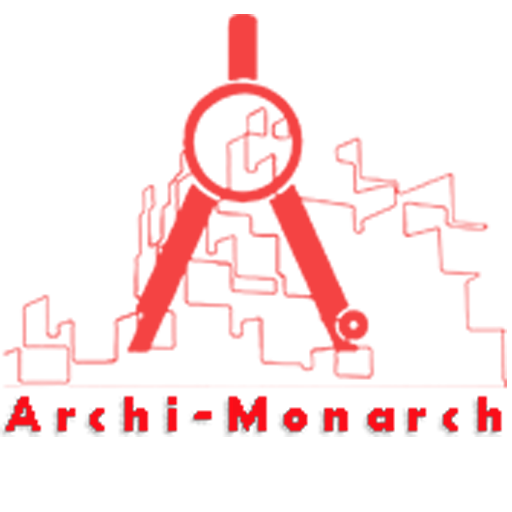A cricket net practice court is a specialized facility designed for players to hone their batting and bowling skills in a controlled environment. Architecturally, it consists of a long, narrow pitch enclosed by nets on both sides and overhead to ensure safety and containment of the ball.
The court typically features a synthetic or natural turf surface to simulate match conditions, with proper drainage systems and lighting for all-weather and extended-hour usage.
The design also considers ventilation, accessibility, and space optimization, often integrating viewing areas or seating for coaches and support staff.
In modern sports architecture, such facilities are sometimes housed within multi-sport complexes or standalone structures, emphasizing both function and aesthetic appeal.
If you want to know about the submission drawing or miscellaneous detail or interior detail, please click the link.
Image of Cricket net practice court detail and downloadable (in DWG) link below

Cricket net practice court detail drawing – 1
A cricket net practice court detail drawing in construction typically includes architectural, structural, and material specifications that ensure functionality, safety, and durability.
Here’s a breakdown of what such a detailed drawing usually includes:
Key Elements in a Detail Drawing of a Cricket Net Practice Court:
Plan View
- Dimensions: Standard lane width (2.7–3.6 m) and length (20–30 m).
- Number of lanes: Usually 1–4 parallel lanes depending on space.
- Pitch marking: Shows batting crease, bowling crease, and return crease.
- Drainage layout: Especially important if outdoors.
Sectional View (Elevation)
Surface layers:
- Subgrade soil
- Compacted gravel or crushed stone base
- Concrete slab or asphalt base (optional)
- Turf/synthetic mat layer (natural or artificial grass)
Net structure:
- Height: Typically 3.6 m to 4.5 m
- Posts: Steel/galvanized iron poles at intervals (2.5–3 m apart)
- Anchoring: Base plate or concrete footing detail
- Overhead netting: To prevent ball escape; fixed via steel wire ropes and hooks.
Material Specifications
- Netting: UV-resistant HDPE or nylon, 40–50 mm mesh.
- Poles: Galvanized steel (50–100 mm dia).
- Turf: Synthetic turf pile height around 7–15 mm or natural grass with proper irrigation.
Additional Features
- Lighting pole layout (for night practice)
- Drainage slope (1–1.5% for runoff)
- Entry/exit gate and access paths
- Protective padding or sidewall options (for indoor courts)
Construction Details
- Foundation type and depth for poles
- Joint detailing between turf and concrete slab
- Fixing mechanism for net: hooks, clamps, or sliding channels
Our tips to help you improve your architectural Cricket net practice court detailing.
